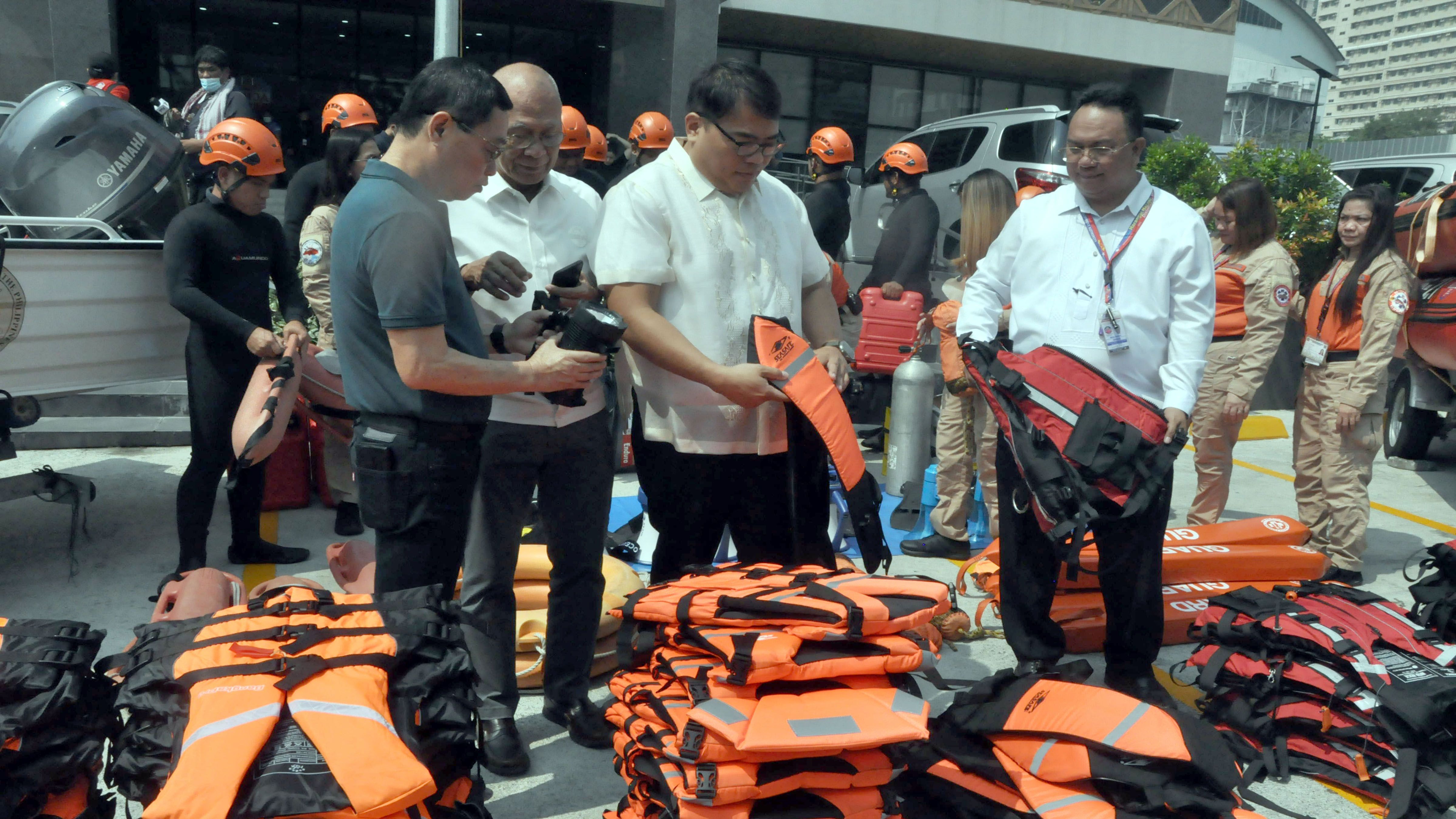In a world facing increasingly frequent and devastating disasters, from natural calamities to pandemics, the importance of building a culture of preparedness cannot be overstated. It is not a matter of if disaster strikes, but when. By proactively investing in preparedness, we can save lives, protect livelihoods, and mitigate the long-term impact of such catastrophic events. It is time to prioritize resilience and make preparedness a fundamental aspect of our societies.
To foster a culture of preparedness, education is paramount. Schools, community centers, and workplaces should prioritize disaster preparedness training, equipping individuals with the knowledge and skills necessary to respond effectively in times of crisis. Public awareness campaigns, through various media platforms, can disseminate crucial information on evacuation procedures, emergency contacts, and the importance of having a well-stocked emergency kit.
Local and national governments play a crucial role in promoting preparedness. They must invest in robust early warning systems, ensuring that citizens receive timely and accurate information about impending disasters. Furthermore, governments should establish disaster response agencies, equipped with necessary resources and trained personnel, capable of swift and coordinated emergency responses.
Private sector engagement is equally crucial. Businesses should integrate disaster preparedness into their corporate social responsibility initiatives, fostering a culture of resilience among their employees and providing support to local communities during times of crisis. Collaborative partnerships between the government, the private sector, and civil society can strengthen response efforts, ensuring a comprehensive and coordinated approach to disaster management.
Investing in infrastructure resilience is a key component of preparedness. Building codes and regulations should incorporate disaster-resistant designs, ensuring that critical infrastructure such as hospitals, schools, and public utilities can withstand the impact of disasters. Additionally, the integration of technology, such as early warning systems and remote monitoring, can significantly enhance response and recovery efforts.
